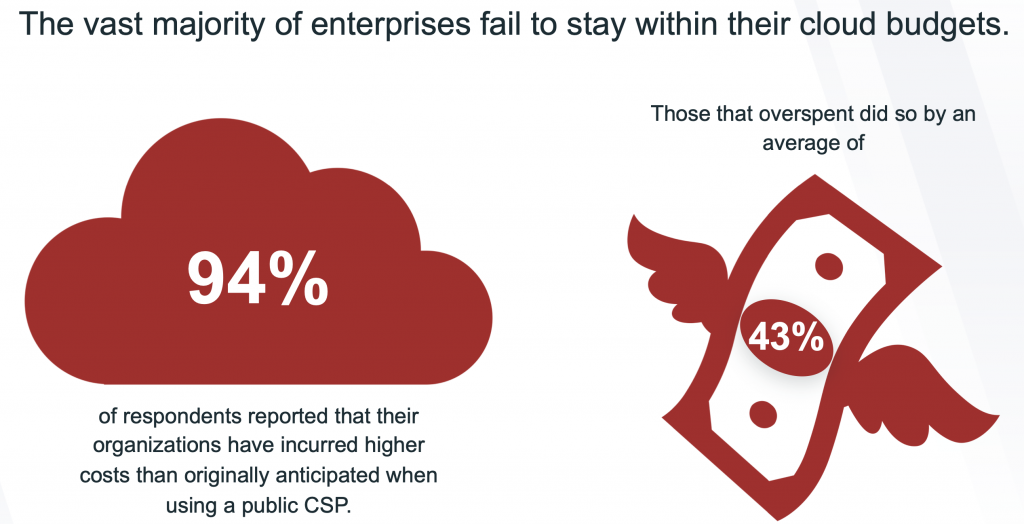Data Encryption and Protection in the Cloud
European companies that want to remain competitive have a legitimate demand for cloud solutions. At the same time, these same companies fear unauthorized access to their sensitive data. Businesses are going through the ongoing struggle to keep sensitive data secure. As remote work increases, employees now work freely with each other, as well as with contractors and partners. However, this freedom to collaborate also means that information is shared between devices, applications, and networks over which the company does not necessarily have control.
Many decision-makers are also discouraged from the existence of data protection laws and regulations such as the NIS Directive or the EU-DSGVO/GDPR. How fortunate to have to deal with problems that can be easily solved for a change. Data protection in the cloud is one of them. Although data in the cloud is often stored abroad, this data storage is the safest option for companies to store files in compliance with the GDPR when encrypted!
The lack of knowledge about cloud responsibility shows that many companies do not sufficiently consider the data protection requirements of third parties. Often critical data is not protected from ransomware attacks and data loss. And many organizations have lost data because they solely relied on their CSPs’ solutions and backup tools. It’s been shown that the providers’ current offerings do not meet most of the company’s security needs.
Growing amounts of data flexibility & scalability have made the cloud increasingly popular as a data storage medium. The advantages are obvious: the files hardly need any local storage space, the cloud is highly available and the data can be accessed from any remote location.
Many programs use the cloud as data storage or backup without the customers being aware of it. This happens when synchronization is set by default or when the program is specially designed for cloud use. This is the case, for example, with Microsoft Office, Dropbox, and Google Docs. Particular attentiveness is required when using collaboration tools, software such as Microsoft Teams enables the simple exchange of messages and files. Users are used to practical desktop applications and have forgotten: data is sent to the cloud servers that are beyond the control of whoever owns the data. This is at the root of a serious privacy problem: loss of control.
Reservations about the cloud relate primarily to the lack of data protection. Despite this, too few companies are still taking the initiative. Countermeasures are only slowly being implemented. As a result, the number of data leaks continues to increase every year. A total of 108.9 million accounts were breached in the third quarter of 2022, a 70% increase compared to the previous quarter. According to ENISA, 57% of SMEs who experience a cyber-attack have to close their business operations as a direct result.
Many companies are aware of their security problems. But too few actively take care of the solution. Security measures, data protection laws, and compliance requirements are only as good as their implementation along with data encryption.
Encryption is effective when files are still encrypted on the device on which they are created or edited. In this way, the information is protected during transmission to the cloud and during the entire storage period. You can use it to ward off attacks by ransomware and leakage and protect yourself from access by the cloud provider or foreign authorities. To ensure data is protected and productivity remains high, organizations need an integrated, cloud-based approach to cybersecurity. Standard encryption algorithms and a transparent open-source basis guarantee mathematically complete and correct encryption.
High-quality encryption software fits seamlessly into existing workflows. This additional layer of protection is also ideal for backups. The motto of secure cloud use is therefore to stay in control. Encryption is an effective measure of this.


